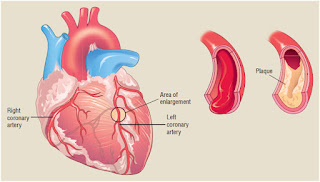Cognitive signs may include difficulties with memory, concentration, decision-making, and problem-solving.
Workers may experience increased forgetfulness, decreased ability to focus, and reduced mental clarity. These signs can impact their ability to effectively lead and make critical decisions.
Behavioral signs can manifest as changes in work performance and productivity. Workers may become more withdrawn, display irritability or mood swings, exhibit decreased motivation, or engage in avoidance behaviors. They may also demonstrate a decrease in their ability to effectively communicate with their team members or display impulsive decision-making.
Physical signs can present as changes in sleep patterns, appetite, energy levels, or physical symptoms such as headaches or muscle tension. Workers may experience an increase in psychosomatic symptoms like stomachaches or frequent illnesses. These physical signs can further impact their overall well-being and ability to lead effectively.
Emotional signs can include increased feelings of stress, anxiety, sadness, or irritability. Workers may display emotional outbursts, appear overwhelmed, or have difficulty managing their emotions. These emotional signs can affect their relationships with team members and their overall emotional resilience.
To address these early signs and develop effective strategies, industrial based mental health leadership coaching may include:
1. Self-awareness:
2. Support systems:
5. Self-care routines: Encouraging Workers to prioritize self-care activities that promote their mental well-being, such as exercise, adequate sleep, hobbies, and resilience-building practices like mindfulness or meditation.
By recognizing and addressing these early signs, industrial based mental health leadership coaching strategies aim to equip leaders with the tools and support necessary to maintain optimal mental health, enhance their leadership skills, and create a positive work environment for themselves and their teams.





.jpeg)







.jpeg)




